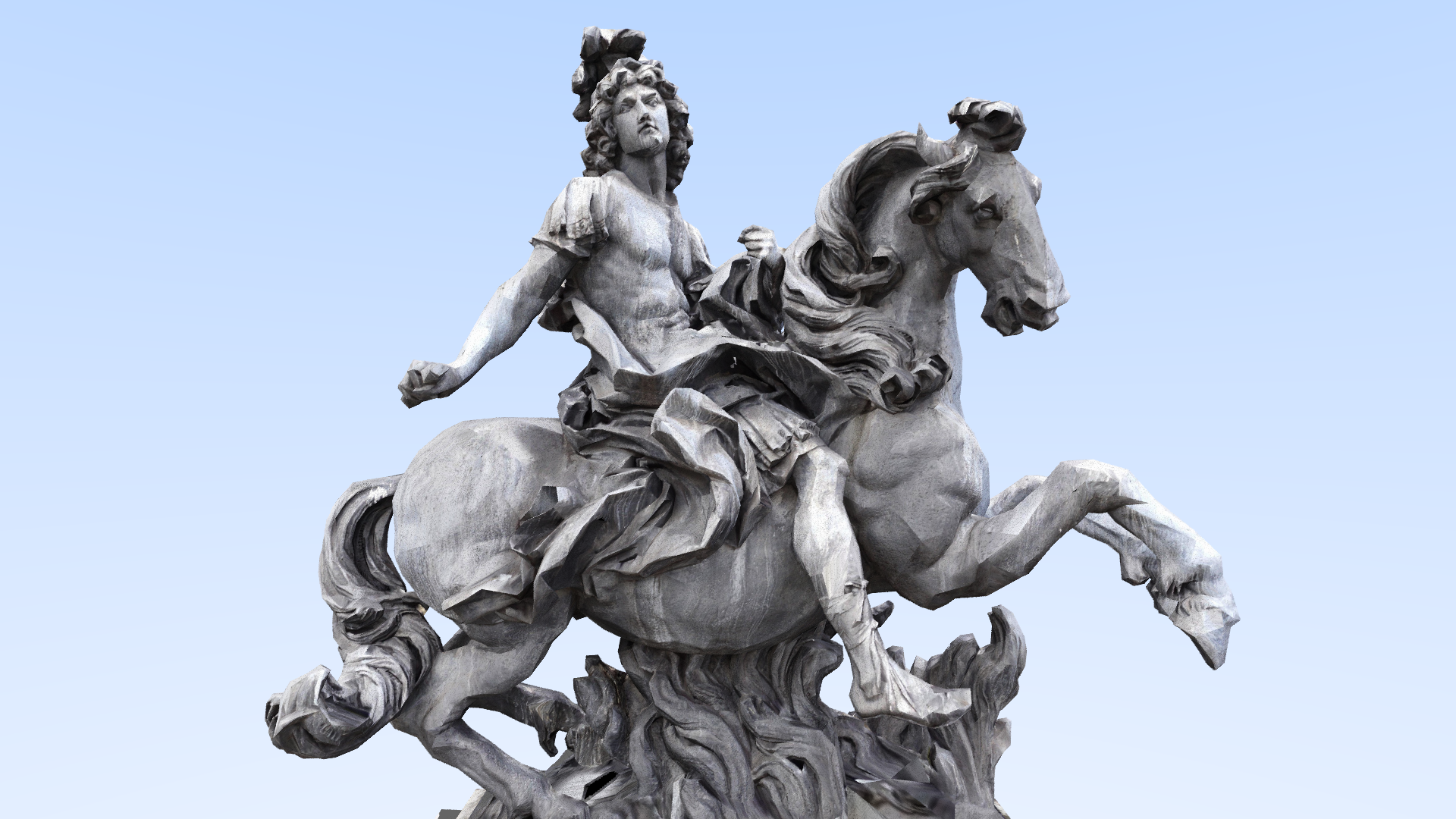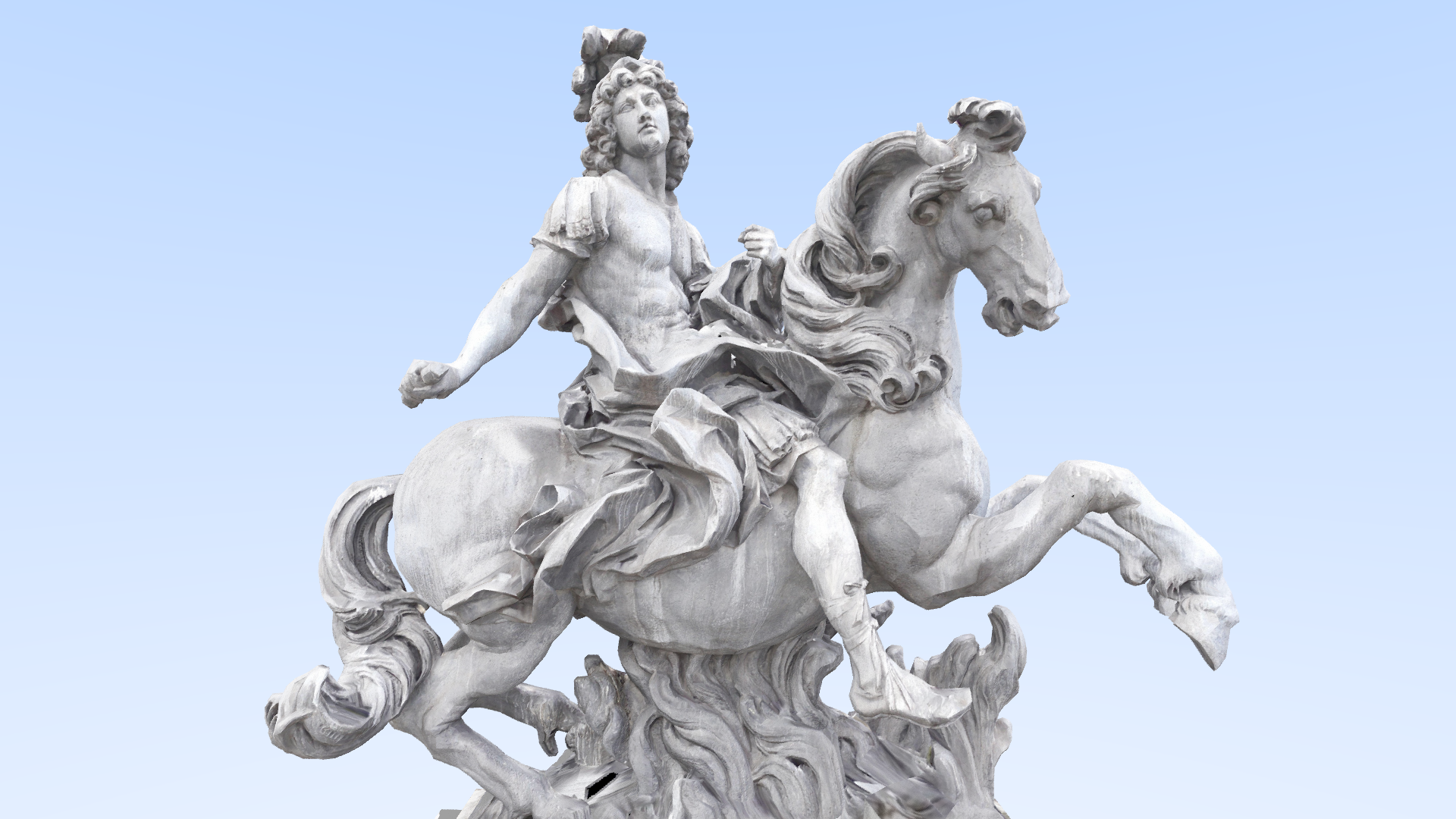wip raytracer written from scratch in C++. the program processes a defined scene then rasterizes it and outputs a .tga file. the program support both doing the calculations on the CPU using C++ 11 threads or offloading the calculations to the GPU using CUDA.
- perpective camera ✔️
- ambient occlusion ✔️
- uv mapping ✔️
- diffuse shading ✔️
- metal shading ❓
- lights ❓
coming soon
a Scene object contains a collection of volumes.
a Camera can draw a given scene. when drawing, the camera casts rays to the screen in order to rasterize the volumes in the scene. after each ray the result is save into a pixel of a Vector3 buffer of size width x height. This buffer is then dumped into a .tga file so it can be visualized.
current supported volumes are Triangles (i know its not technicaly a volume) and . SpheresTriangle support allows us to load custom models.
the project currently has 2 available backends to use for computation, these are --backend=gpu and --backend=cpu. when the backend is gpu, computations are offloaded to the GPU using CUDA, otherwise they are done by the CPU in different threads.
current version supports the loading of 3d .ply models. model loading is done via a simple parser written in C++ (see src/io/ply.h), from it a group of triangles are extracted and these are used to raycast against. support for obj is also available thanks to an external lib (see credits)
to calculate the intersection between a triangle and a ray the engine uses the Möller–Trumbore intersection algorithm
in order to speed up collision detection a Bounding Volume Hierarchy (BVH) is used, triangles are divided into smaller and smaller aabb so we can discard a lot of the search space on each collision test, much like a BST but in 3d. Because of CUDA limitations with recursion and virtual methods, the BVH is built on the CPU and then an iterative array based version is generated and copied to the GPU memory. see src/volumes/bvh.cu and src/volumes/gpu_bvh.cu for the respective implementations.
cpu materials (Material) and gpu materials (GPUMaterial) are the same object (src/materials/material.h). materials are created on the CPU (in other to load the textures) and then can be copied to the GPU, in that case the internal texture memory of the material is copied to the GPU and marked as a GPUMaterial.
different material types / shading modes will be held by the same class. although is not optimal, this is by design, it helps reduce the amount of inheritance and duplication of code so it's easier to port it to the CUDA backend.
to avoid image "rough edges" on the rendering we cast multiple rays per pixel with a slight randomized offset on each ray. then we average the results and use that as the pixel value.
in order to model diffuse lighting we simulate the way light rays works. whenever a ray hits something depeding on it's reflectivity, it can either be absorbed or bounce of it. repeat this enough times and the light models itself
shiny
i am using C++ 17 to take advantage of the project now uses CUDA, so i changed to C++11 since thats what std::executionnvcc supports.
it tries to follow Google's C++ style guide though some stuff may be off.
- JPEG loading code used from nothings/stb
- OBJ loading code used from thisistherk/fast_obj
- The triangle intersection algorithm used is from Fast Minimum Storage Ray/Triangle Intersection
- "Louis XIV de France, Louvre, Paris" by HoangHiepVu is licensed under Creative Commons Attribution (http://creativecommons.org/licenses/by/4.0/).

